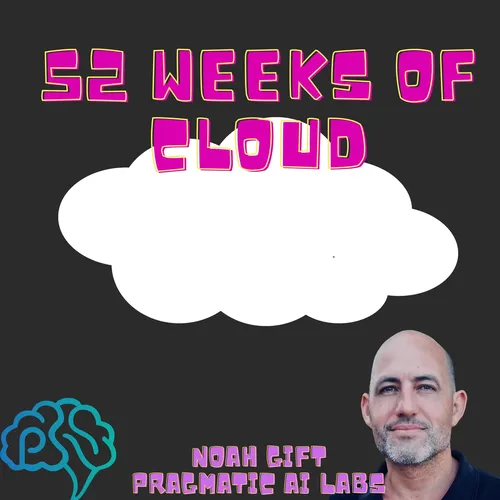Maslows Hierarchy of Logging Needs
- Author
- Pragmatic AI Labs
- Published
- Thu 27 Feb 2025
- Episode Link
- podcast.paiml.com
Maslow's Hierarchy of Logging - Podcast Episode Notes
Core Concept
- Logging exists on a maturity spectrum similar to Maslow's hierarchy of needs
- Software teams must address fundamental logging requirements before advancing to sophisticated observability
Level 1: Print Statements
- Definition: Raw output statements (printf, console.log) for basic debugging
- Limitations:
- Creates ephemeral debugging artifacts (add prints → fix issue → delete prints → similar bug reappears → repeat)
- Zero runtime configuration (requires code changes)
- No standardization (format, levels, destinations)
- Visibility limited to execution duration
- Cannot filter, aggregate, or analyze effectively
- Examples: Python print(), JavaScript console.log(), Java System.out.println()
Level 2: Logging Libraries
- Definition: Structured logging with configurable severity levels
- Benefits:
- Runtime-configurable verbosity without code changes
- Preserves debugging context across debugging sessions
- Enables strategic log retention rather than deletion
- Key Capabilities:
- Log levels (debug, info, warning, error, exception)
- Production vs. development logging strategies
- Exception tracking and monitoring
- Sub-levels:
- Unstructured logs (harder to query, requires pattern matching)
- Structured logs (JSON-based, enables key-value querying)
- Enables metrics dashboards, counts, alerts
- Examples: Python logging module, Rust log crate, Winston (JS), Log4j (Java)
Level 3: Tracing
- Definition: Tracks execution paths through code with unique trace IDs
- Key Capabilities:
- Captures method entry/exit points with precise timing data
- Performance profiling with lower overhead than traditional profilers
- Hotspot identification for optimization targets
- Benefits:
- Provides execution context and sequential flow visualization
- Enables detailed performance analysis in production
- Examples: OpenTelemetry (vendor-neutral), Jaeger, Zipkin
Level 4: Distributed Tracing
- Definition: Propagates trace context across process and service boundaries
- Use Case: Essential for microservices and serverless architectures (5-500+ transactions across services)
- Key Capabilities:
- Correlates requests spanning multiple services/functions
- Visualizes end-to-end request flow through complex architectures
- Identifies cross-service latency and bottlenecks
- Maps service dependencies
- Implements sampling strategies to reduce overhead
- Examples: OpenTelemetry Collector, Grafana Tempo, Jaeger (distributed deployment)
Level 5: Observability
- Definition: Unified approach combining logs, metrics, and traces
- Context: Beyond application traces - includes system-level metrics (CPU, memory, disk I/O, network)
- Key Capabilities:
- Unknown-unknown detection (vs. monitoring known-knowns)
- High-cardinality data collection for complex system states
- Real-time analytics with anomaly detection
- Event correlation across infrastructure, applications, and business processes
- Holistic system visibility with drill-down capabilities
- Analogy: Like a vehicle dashboard showing overall status with ability to inspect specific components
- Examples:
- Grafana + Prometheus + Loki stack
- ELK Stack (Elasticsearch, Logstash, Kibana)
- OpenTelemetry with visualization backends
Implementation Strategies
- Progressive adoption: Start with logging fundamentals, then build up
- Future-proofing: Design with next level in mind
- Tool integration: Select tools that work well together
- Team capabilities: Match observability strategy to team skills and needs
Key Takeaway
- Print debugging is survival mode; mature production systems require observability
- Each level builds on previous capabilities, adding context and visibility
- Effective production monitoring requires progression through all levels
🔥 Hot Course Offers:
- 🤖 Master GenAI Engineering - Build Production AI Systems
- 🦀 Learn Professional Rust - Industry-Grade Development
- 📊 AWS AI & Analytics - Scale Your ML in Cloud
- ⚡ Production GenAI on AWS - Deploy at Enterprise Scale
- 🛠️ Rust DevOps Mastery - Automate Everything
🚀 Level Up Your Career:
- 💼 Production ML Program - Complete MLOps & Cloud Mastery
- 🎯 Start Learning Now - Fast-Track Your ML Career
- 🏢 Trusted by Fortune 500 Teams
Learn end-to-end ML engineering from industry veterans at PAIML.COM
